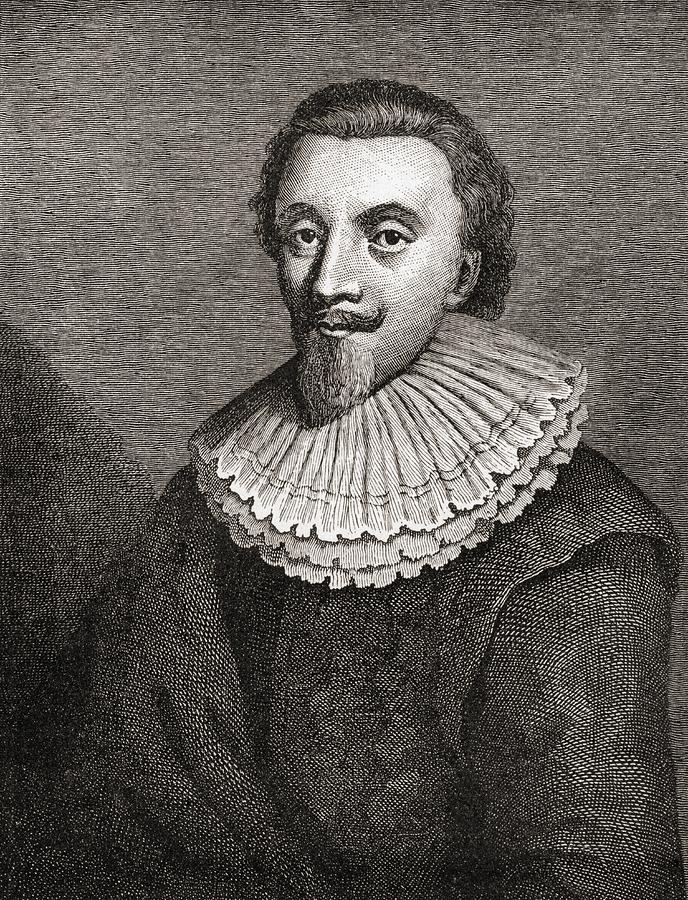
Not a state full of Marys, but it is named after a Mary. Here are 10 things you (probably) didn’t know about the Old Line State.
- The 7th State
Admitted 28 April, 1788, Maryland became the 7th state of the Union. Maryland was formed by a charter of King Charles I of England, initially by George Calvert, 1st Lord Baltimore but upon his death in 1632, the charter was passed to his son, Cecilius Calvert. The colony got its name from the King’s wife, Henrietta Maria of France, with Charles himself declaring the colony to be named Terra Mariae (Maryland). The first settlers arrived in Maryland in March 1634. It was established to be more tolerant of the Catholic population than other English colonies, but that idea didn’t last. In 1650, Puritans originally from Virginia revolted against and eventually overthrew Maryland’s propriety government. The new Puritan government persecuted the Catholic population, known as “plundering time.” After the Glorious Revolution of 1688 in England (which restored England’s monarchy), Catholicism was banned in Maryland until the Revolutionary War.

2. Heraldic Flag
Maryland’s flag looks like it has come straight from Europe. That’s because it has. It is the banner of George Calvert, 1st Lord of Baltimore, who gained the charter for Maryland’s founding. It was officially adopted as the state flag in 1904.
3. Should Be Southern
Since it was south of the Missouri Compromise Line, Maryland was technically a slave state. However, in the Civil War, the state fought for the Union, not the Confederacy. Not every man in Maryland fought for the Union. The majority did – about 77%. About 115,000 men from Maryland fought in the Civil War.
4. Thistle-free Gardens
One law in Maryland states that thistles cannot be grown in gardens. In Baltimore, it is deemed illegal to take a lion to the movie theater, while in Cumberland using profanity in a playground is prohibited.

5. Quoth The Quarterback
Football team, the Baltimore Ravens, are named after the famous poem ‘The Raven’ by Edgar Allan Poe, who lived in Baltimore for a while. A little more morbidly, but fitting for Poe, he died in the city and is buried at Westminster Hall. As for the Baltimore Ravens, the mascots are two ravens, named “Rise” and “Conquer” that reside in Maryland Zoo.
6. Free State
Maryland was referred to as “the Free State” as it was the first slave holding state to ban slavery on November 1, 1864. It lived up to its name in the 1920s as Maryland never passed a law to enforce Prohibition – the only state to do so (despite ratifying the amendment in 1918) and declared itself a wet state.
7. That’s Just Crabby
The demand for Maryland crab outweighs the availability of crab in the state’s fisheries. About 38% of crab cakes labelled as ‘Maryland crab’ contain imported crab. Despite that, Maryland crab cakes cost $2.12 more on average than unlabeled crab cakes.
8. Home of the Anthem
‘Star Spangled Banner’ was written in Baltimore by Francis Scott Key in September 1814. Key witnessed the bombardment of Fort McHenry, just outside Baltimore, by the British Royal Navy during the Battle of Baltimore (part of the War of 1812). The lyrics were inspired by the U.S flag, consisting of fifteen stars and fifteen stripes, waving at Fort McHenry in the morning. The original poem was called “Defence of Fort M’Henry” and was later put to the tune of “To Anacreon in Heaven” – a British song for a men’s social club in London.

9. Forest State
About 43% of Maryland consists of forest, or about 2.7 million acres – impressive for a small state. The most common trees include oak, hickory, and loblolly pine.
10. First!
Maryland has had a lot of national firsts in its history. The state is home to the first post office (1774), first railroad (Baltimore & Ohio, 1827), first dental college (1839), first public high school for girls (Eastern High School and Western High School, 1844), first telegraph line (1844), first woman professor at a US medical school (Dr. Florence Rena Sabin, 1901) – and that’s just a few.
